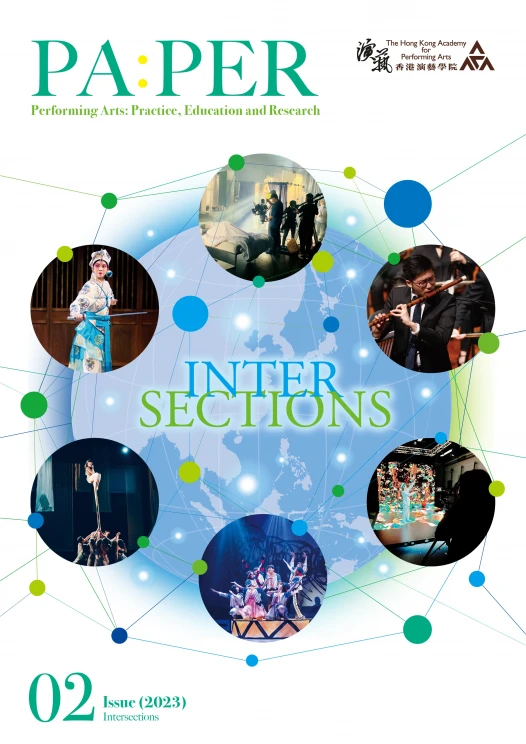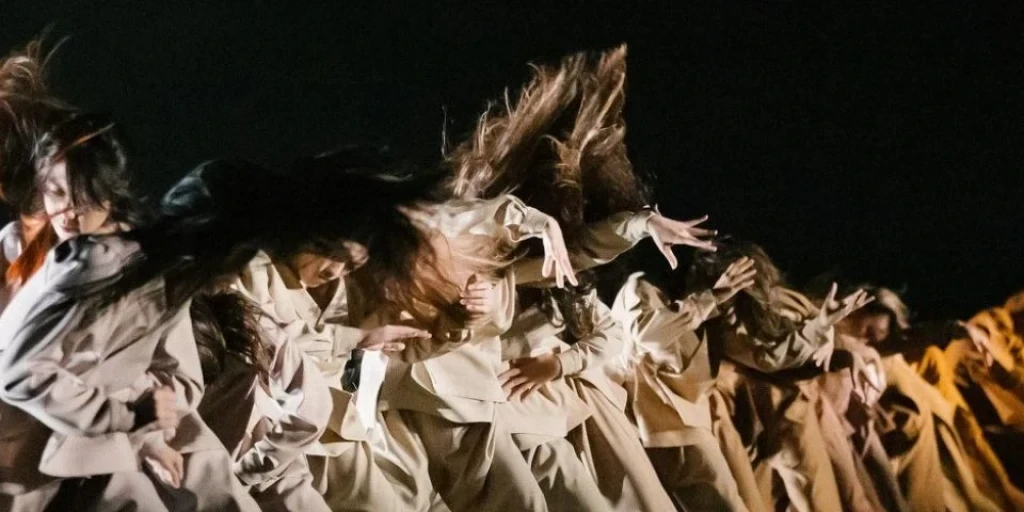Issue 2: Intersections
This second issue looks at “intersections” within/beyond performing arts disciplines and asks how practitioners and scholars explore and experiment with ideas and frameworks of intersections within their practice, teaching, and research. Cambridge Dictionary defines intersection[s] as “a point where two things come together and have an [affect] on each other”1. It further explains that if two things intersect, they are connected and influence each other, usually by having some of the same parts, features, etc.2, while the term “intersectionality” was coined in 1989 by Professor Kimberlé Crenshaw to describe how race, class, gender, and other individual characteristics intersect with one another and overlap. As a historic intersection between “East” and “West”, Hong Kong provides a point of reference to the encounters of/with cross-ing(s) and meet-ing(s) of multiplicities of cultures that simultaneously interact and overlap. But what are the perimeters of encounters and how do these spaces of encounters occur and being addressed within performing arts disciplines?
There is a long history of intersections within and at the edges of the practices of the performing arts, and artists have explored intersections as spaces of in-betweenness, the liminal, from shamanistic ritual performances to Wagnerian gesamtkunstwerk to contemporary cyborgean multimedia VR. These loci for exploration and cross-fertilisation have spurred changes both within and outside of the performing arts and simultaneously, provided spaces for understanding how these intersections converge and impact individuals and groups.
“Intersections” reflect how artists, scholars, practitioner-researchers, and educators exist within the spaces of meet-ing(s) and cross-ing(s) and the fruition of these encounters. This issue acknowledges that everyone has their own unique experiences; thus, this call invites contributions that explore how the production of performance, teaching, and research can examine and articulate the cross-ing(s) of, over, within, and beyond the performing arts, spawning developments across teaching, learning, research, and practice.
This issue aims to offer a broader practical, aesthetic, historical, and theoretical outlet to those interested in recent developments in performing arts cross-ing(s) national and disciplinary boundaries. We invite submissions that respond to thinking, doing, and writing around the theme of “intersections”, reflecting on practices, research, performing arts education, practices of dramaturgy, interdisciplinarity, transcultural and intersectional approaches, and digitalisation of communication in performing arts.


